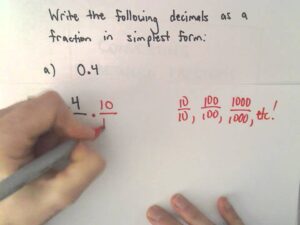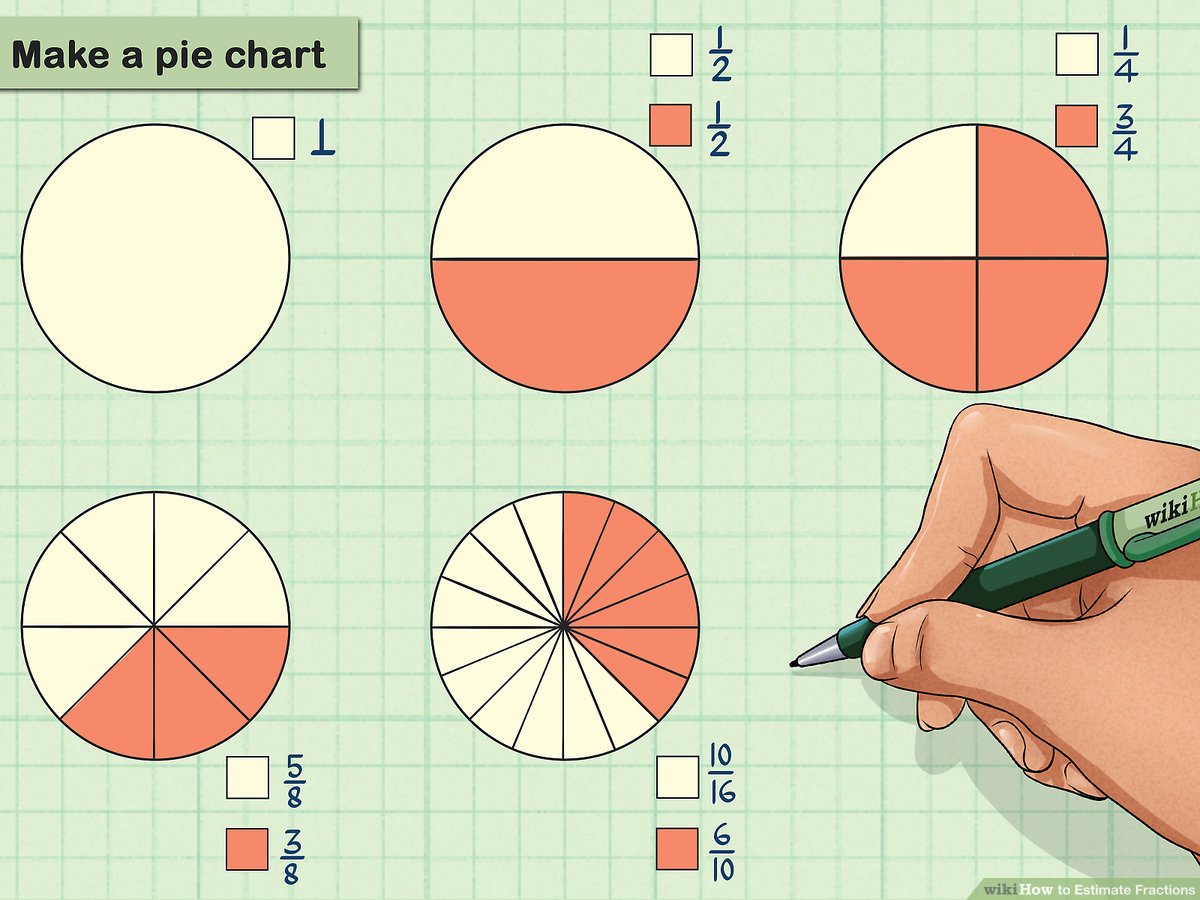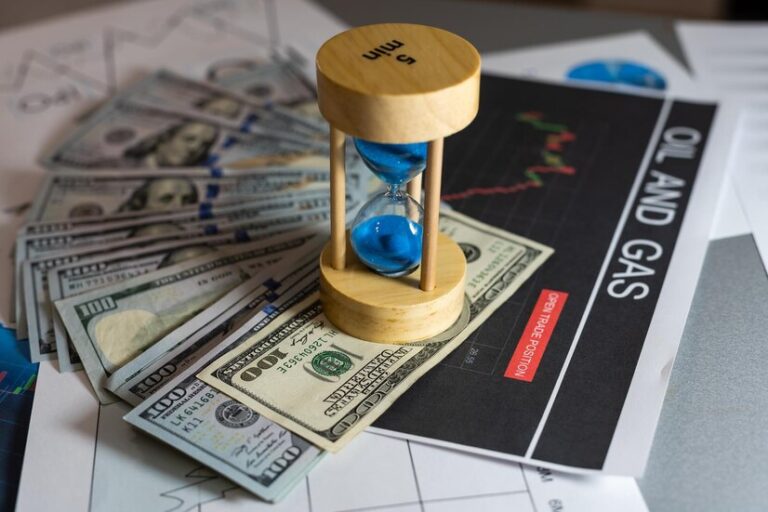Decimals and 1.66666666667 as a fraction are two fundamental concepts in mathematics that often go hand in hand. Decimals represent numbers in a base-ten system, using place values to indicate the value of each digit. On the other hand, fractions express numbers as a ratio of two integers, with one number representing the numerator and the other representing the denominator. Understanding the relationship between decimals and fractions is crucial for various mathematical calculations and real-life applications.
Converting decimals to fractions
Converting a decimal to a fraction involves expressing the decimal as a ratio of two integers. The process may seem daunting at first, especially when dealing with recurring decimals like 1.66666666667. However, with the right approach and a step-by-step process, you can easily convert this decimal to a simplified fraction.
Expressing 1.66666666667 as a simplified fraction
To express 1.66666666667 as a simplified fraction, we need to identify the repeating pattern in the decimal. In this case, the decimal is 1.66666666667, and the repeating pattern is the digit 6. The number of digits in the repeating pattern determines the denominator of the fraction. Since there is only one digit in the repeating pattern (6), the denominator will be 9 (10 – 1 = 9).
Step-by-step process for converting 1.66666666667 to a fraction
- Identify the repeating pattern: In the case of 1.66666666667, the repeating pattern is 6.
- Determine the denominator: Since the repeating pattern has only one digit, the denominator will be 9.
- Write the repeating pattern over the denominator: Writing 6 over 9 gives us 6/9.
- Simplify the fraction: To simplify the fraction, we divide both the numerator and denominator by their greatest common divisor (GCD). In this case, the GCD of 6 and 9 is 3. Dividing both numbers by 3 gives us the simplified fraction 2/3.
Common misconceptions about expressing decimals as fractions
When it comes to expressing decimals as fractions, there are a few common misconceptions that can lead to confusion. One misconception is that all decimals can be expressed as fractions. While it is true for terminating decimals (decimals that end), recurring decimals like 1.66666666667 require a different approach. Another misconception is that the number of decimal places determines the denominator of the fraction. In reality, it is the length of the repeating pattern that determines the denominator.

Examples of other decimals and their fraction equivalents
To further illustrate the process of converting decimals to fractions, let’s look at a few examples:
- Decimal: 0.5 Fraction: 1/2
- Decimal: 0.333333333333 Fraction: 1/3
- Decimal: 0.25 Fraction: 1/4
- Decimal: 0.666666666666 Fraction: 2/3
By following the same steps outlined earlier, you can convert these decimals to their corresponding fraction equivalents.
Using fractions in real-life situations
Fractions have numerous applications in real-life situations. From cooking measurements to construction plans, fractions help us express quantities precisely. For example, when following a recipe that calls for 1.66666666667 cups of flour, it is more practical to express it as 1 and 2/3 cups. Understanding how to convert decimals to fractions allows us to communicate measurements accurately and efficiently.
Practice exercises for converting decimals to fractions
To reinforce your understanding of converting decimals to fractions, here are a few practice exercises:
- Convert 0.75 to a fraction.
- Convert 0.125 to a fraction.
- Convert 0.333 to a fraction.
Take your time and apply the step-by-step process outlined earlier to solve these exercises. Once you feel confident, you can check your answers and review any mistakes for further learning.
Tools and resources for further assistance
If you need additional assistance or want to explore more examples and exercises, there are several online resources available. Websites like Khan Academy and Math is Fun provide step-by-step guides, practice exercises, and interactive tools to help you master the conversion of decimals to fractions. Additionally, online forums and discussion boards can be valuable resources for clarifying any doubts or questions you may have.
Conclusion
Converting decimals to fractions is an essential skill in mathematics and real-life applications. By understanding the relationship between decimals and fractions, you can easily express numbers like 1.66666666667 as simplified fractions. Remember to follow the step-by-step process, identify the repeating pattern, and simplify the fraction for the most accurate representation. With practice and the right resources, you can confidently convert decimals to fractions and apply this knowledge to various mathematical and everyday situations.














+ There are no comments
Add yours